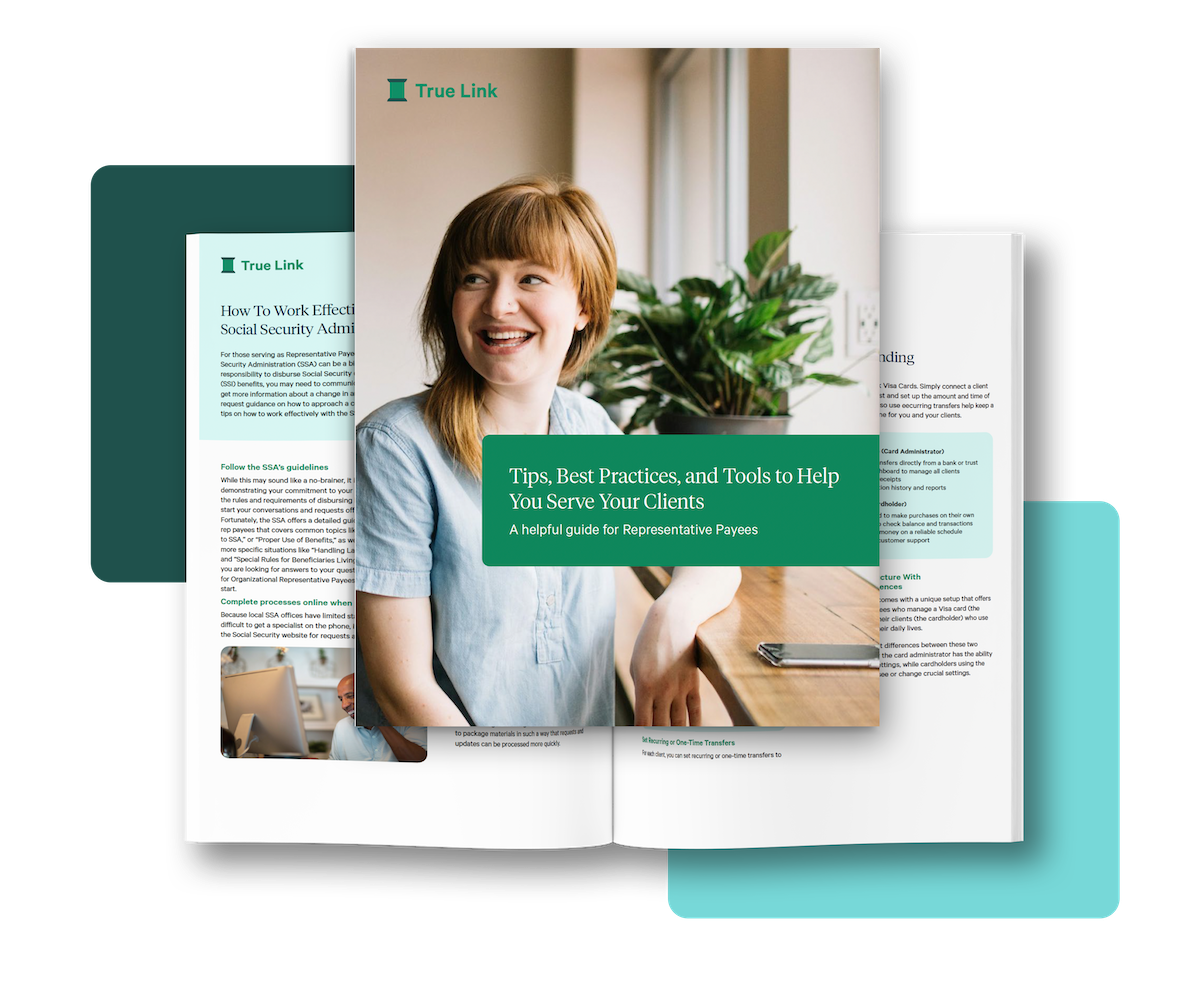What Counts as a Qualified 529 Expense? A Guide for Parents
You’ve worked hard to save for your child’s college expenses, and next comes the equally important step of using those funds wisely. Many families know 529 plans can pay for tuition, but these funds can actually cover much more than just courses. From textbooks to laptops to housing, many other costs of going to college qualify, as long as they’re required for enrollment or attendance.
Understanding what’s covered can help you maximize the benefit of your savings and avoid unexpected taxes or penalties down the road. In this article we’ll walk through what does and doesn’t count as a qualified 529 expense.
Expenses that qualify
Tuition and Mandatory Fees
Tuition is the most straightforward 529-qualified expense. It includes the cost of attending an eligible college, university, or vocational school, along with other required fees for enrollment – like lab fees or course registration fees that appear directly on a student’s billing statement.
Books, Supplies, and Course Materials
Books and materials that are required for a class are also eligible 529 expenses. This includes both physical and digital materials that appear on a course syllabus or are listed as necessary by the school.
For example:
- Textbooks or lab manuals required for a course
- Art supplies or instruments for a fine arts major
- Protective gear, tools, or kits for lab-based or technical programs
If a purchase isn’t clearly required for coursework, it may not qualify, so keeping a copy of the syllabus or materials list helps if questions come up later.
Computers, Software, and Internet Access
Since technology is essential for many students, 529 funds can cover a computer, laptop, or tablet used primarily for schoolwork. Software also qualifies if it’s required for coursework, such as design programs, data analysis tools, or language-learning software. Internet service fees are also eligible if it’s used mainly by the student while enrolled, whether at home or in a dorm.
Room and Board (Including Off-Campus Housing)
If a student is enrolled at least half-time, room and board expenses are considered eligible for both on- and off-campus housing.
- On-campus housing: Costs billed directly by the college or university are automatically eligible.
- Off-campus housing: Rent, groceries, and utilities can qualify, but only up to the school’s published “cost of attendance” for housing and meals. This figure is available through the school’s financial aid office or website. Keep in mind that if you spend more than that published amount, the excess may not qualify. Learn more about off-campus housing rules for 529 funds here.
Special Needs and Accessibility Expenses
For students with disabilities, 529 funds can be used for services or equipment necessary for enrollment or participation in school. To qualify, these expenses must directly support the student’s ability to attend or complete coursework.
That might include:
- Assistive technology (e.g., screen readers or voice recognition software)
- Adaptive furniture or mobility equipment
- Transportation or other accommodations related to accessibility needs
Expenses that do not qualify
Some costs of college life fall outside the 529 rules – even if they’re part of a student’s regular routine. Non-qualified expenses include:
- Transportation or travel (unless related to accessibility)
- Health insurance or medical expenses
- Personal expenses like clothing or cell phones
- Furniture, decor, appliances, and other household goods
- Optional or lifestyle-related costs, such as parking passes, gym memberships, or club dues
- Non-educational tech purchases, such as gaming systems or streaming subscriptions (unless specifically required for a class)
Withdrawals used for non-qualified expenses are not tax-free, even if they come from your 529 plan. The earnings portion of any non-qualified withdrawal – meaning the amount your account has grown through investment returns – becomes subject to federal income tax and an additional 10% penalty.
Keeping good records
Even though most 529 administrators don’t require documentation when funds are withdrawn, families are responsible for showing that withdrawals were used for qualified expenses if audited. To help avoid the penalties outlined above, you may need to show records of how these funds were used. You’ll want to hold onto forms like:
- Tuition statements (Form 1098-T)
- Invoices and receipts for qualified purchases
- Course syllabi or documentation of required materials (if a purchase isn’t clearly required for coursework, this proof can help you show that it qualifies)
- The school’s official cost of attendance (if using funds for off-campus housing)
Many families also find it helps to use a dedicated card like The True Link Visa® Prepaid Card for 529 withdrawals. Keeping qualified purchases separate from everyday spending helps simplify tracking of how funds are used and provides digital records if questions arise later. Plus, with the True Link Spending Monitor you can customize settings to only allow purchases with approved merchants like the campus bookstore or utility providers.
The bottom line
A 529 plan can cover more than just tuition, but understanding what’s eligible is essential. Mandatory fees, books, required supplies, technology, housing, and accessibility expenses all qualify under the right conditions.
Before making a withdrawal, confirm that the cost directly supports your student’s enrollment or coursework, and keep good records to document it. A little organization now helps ensure every dollar of your savings goes exactly where it’s meant to – toward your student’s education and future success.
Disclaimer: This article is not intended to provide financial, legal, or tax advice. You may wish to consult a qualified advisor about your specific situation. State tax treatment of 529 plans varies, so check your own state’s rules before making decisions.











